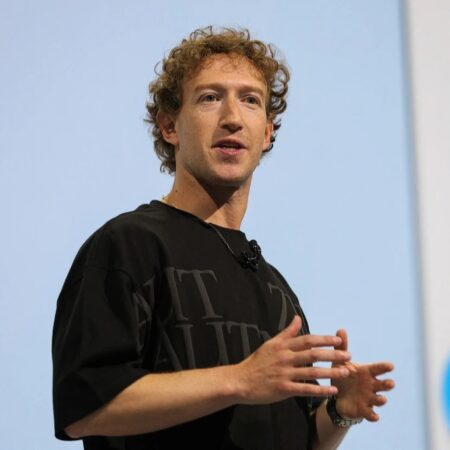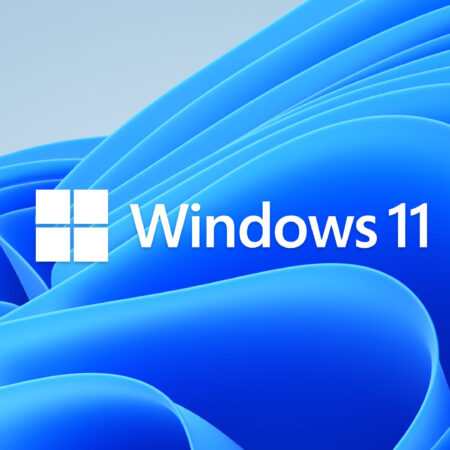Microsoft has achieved a significant benchmark for Windows 11, securing this victory several months before Windows 10’s support termination deadline. According to Stat Counter data highlighted by Windows Central, Windows 11 now holds the position as the most utilized desktop operating system nearly four years following its debut, capturing 52 percent of the market compared to Windows 10’s 44.59 percent share.
Windows 11 previously became the dominant OS for PC gaming in September, but comprehensive adoption had remained behind Windows 10 until this recent development. Previously leaked information from October 2023 indicated that Windows 11 was operating on more than 400 million devices at that time, representing a more gradual adoption rate than Windows 10 — which achieved the 400 million device milestone in just one year compared to Windows 11’s two-year timeline.
The gradual adoption rate can be attributed partially to Windows 11’s demanding hardware specifications. Although Microsoft provided a complimentary upgrade path for Windows 10 users, millions of computers have been excluded due to more stringent CPU and security requirements. Microsoft has been attempting to persuade owners of these incompatible machines to upgrade their hardware to access Windows 11, occasionally through full-screen notifications.
Windows 10 is scheduled to reach its end-of-support date on October 14th, and Microsoft recently announced it would provide a complimentary year of additional security updates to consumers willing to activate Windows Backup and synchronize their Documents folder to OneDrive. For those preferring not to use this option, the cost will be $30 for a year of updates, or they can redeem 1,000 Microsoft Reward points.
The Long Road to Dominance
Windows 11’s journey to market leadership has been notably different from its predecessor. While Windows 10 experienced rapid adoption following its 2015 launch, Windows 11 faced several challenges that slowed its uptake among users.
The hardware requirements barrier proved particularly significant. Many existing computers, despite being relatively recent, lacked the TPM 2.0 chip, Secure Boot capability, or supported processor generations that Windows 11 demanded. This created a substantial pool of users who couldn’t upgrade even if they wanted to, forcing them to remain on Windows 10 or purchase new hardware.
Gaming and Professional Adoption
The gaming sector’s earlier embrace of Windows 11 demonstrated the operating system’s appeal to performance-conscious users. Gaming-specific features like DirectStorage, improved HDR support, and better resource management made Windows 11 attractive to enthusiasts willing to upgrade their hardware for enhanced gaming experiences.
Professional and enterprise adoption followed a more cautious pattern, with many organizations waiting for stability improvements and compatibility verification before committing to widespread deployment. The extended Windows 10 support timeline provided these users with breathing room to plan their transition strategies.
Market Dynamics and Timing
The timing of Windows 11’s market share victory is particularly noteworthy given the approaching Windows 10 support deadline. As October 14th approaches, many users and organizations are being forced to make decisions about their computing future.
Microsoft’s strategy of offering free extended support tied to OneDrive usage represents an interesting approach to cloud service adoption. By connecting security updates to cloud storage synchronization, the company is leveraging the support transition to grow its cloud user base.
Hardware Upgrade Implications
The Windows 11 adoption curve highlights broader trends in the PC hardware market. The operating system’s requirements have effectively created a refresh cycle for many users, potentially benefiting hardware manufacturers as consumers purchase new systems to access the latest Windows features.
For users with older hardware, the choice between paying for extended Windows 10 support, upgrading to new hardware, or exploring alternative operating systems represents a significant decision point.
Looking Forward
Windows 11’s achievement of majority market share position represents more than just a statistical milestone. It demonstrates Microsoft’s ability to eventually drive adoption of new operating systems despite initial resistance and compatibility challenges.
The approaching Windows 10 support deadline will likely accelerate this trend, as users and organizations must decide whether to upgrade hardware, pay for extended support, or explore alternative solutions. The next few months will be crucial in determining how the remaining Windows 10 user base responds to these changes.
As Windows 11 continues to evolve with regular feature updates and improvements, its market position should strengthen further, particularly as older hardware naturally reaches replacement cycles and new systems ship with Windows 11 pre-installed.







